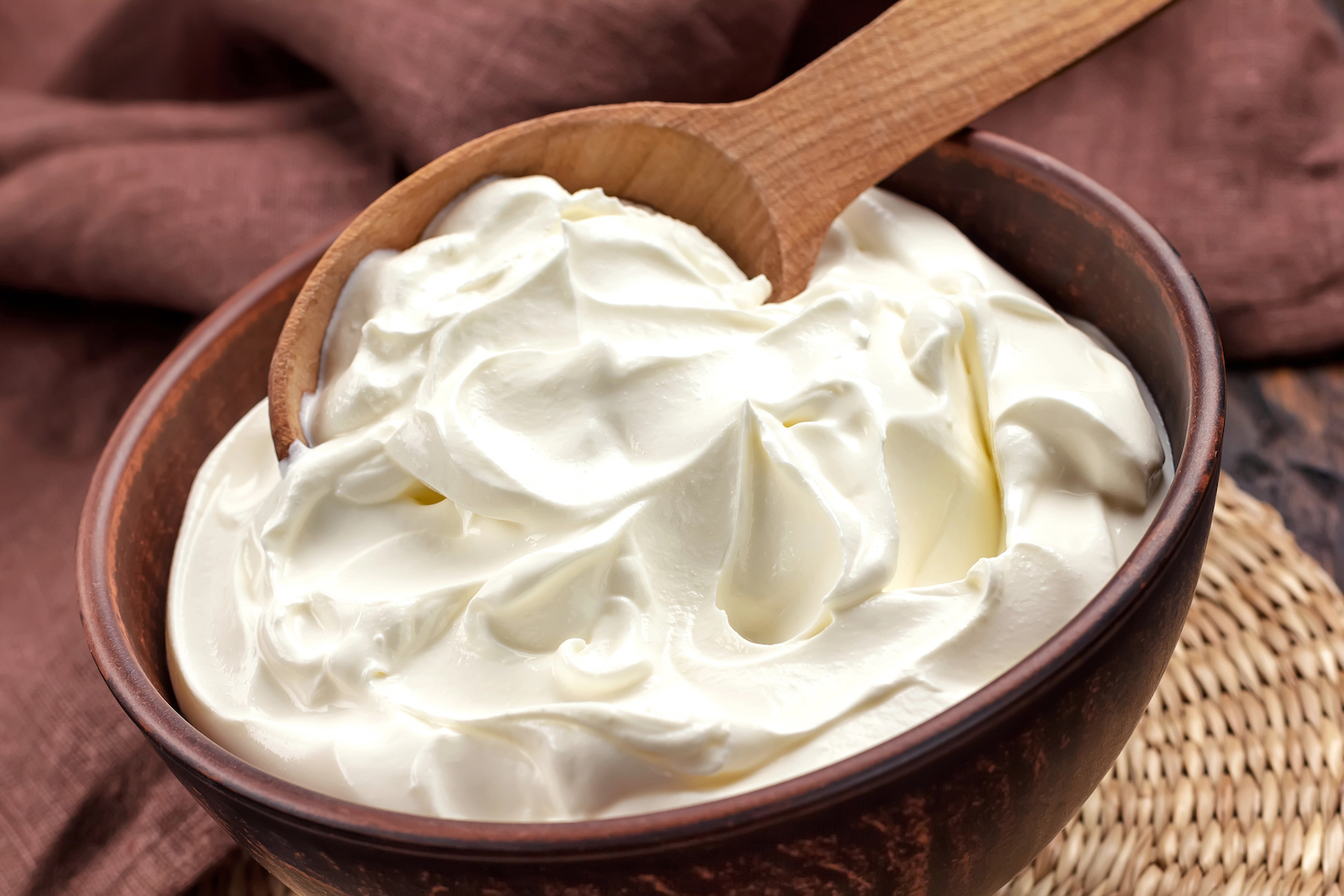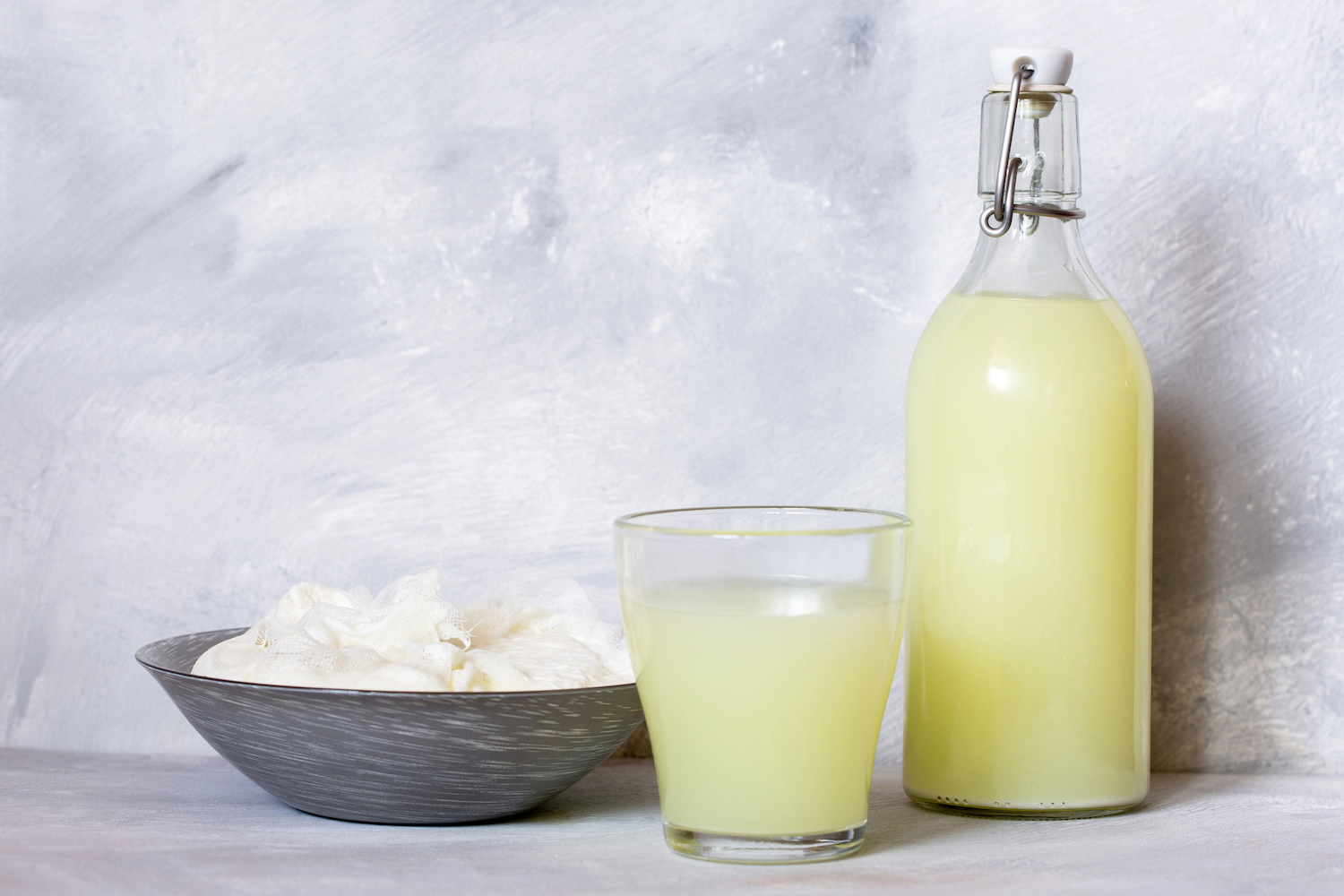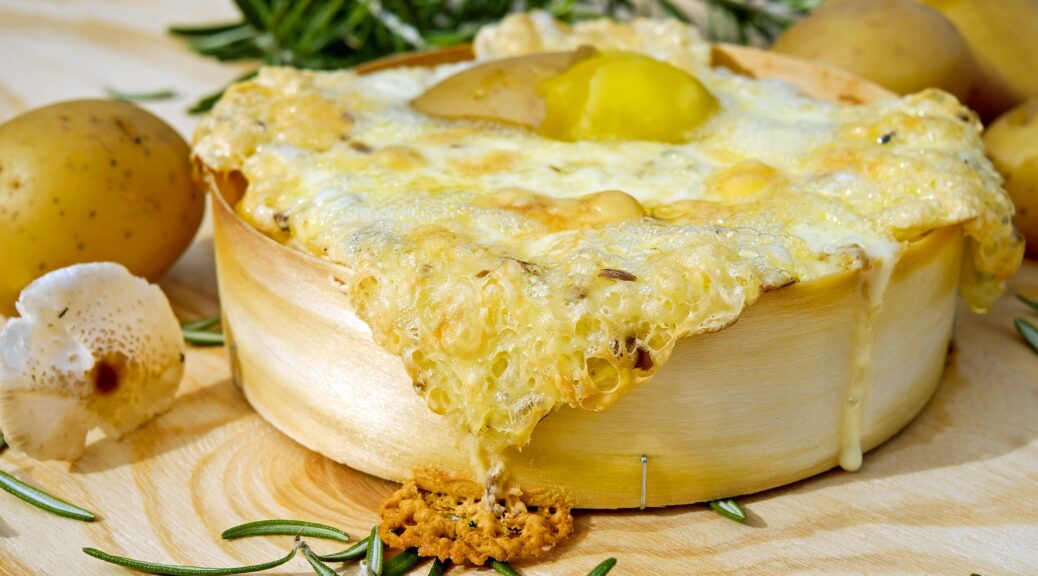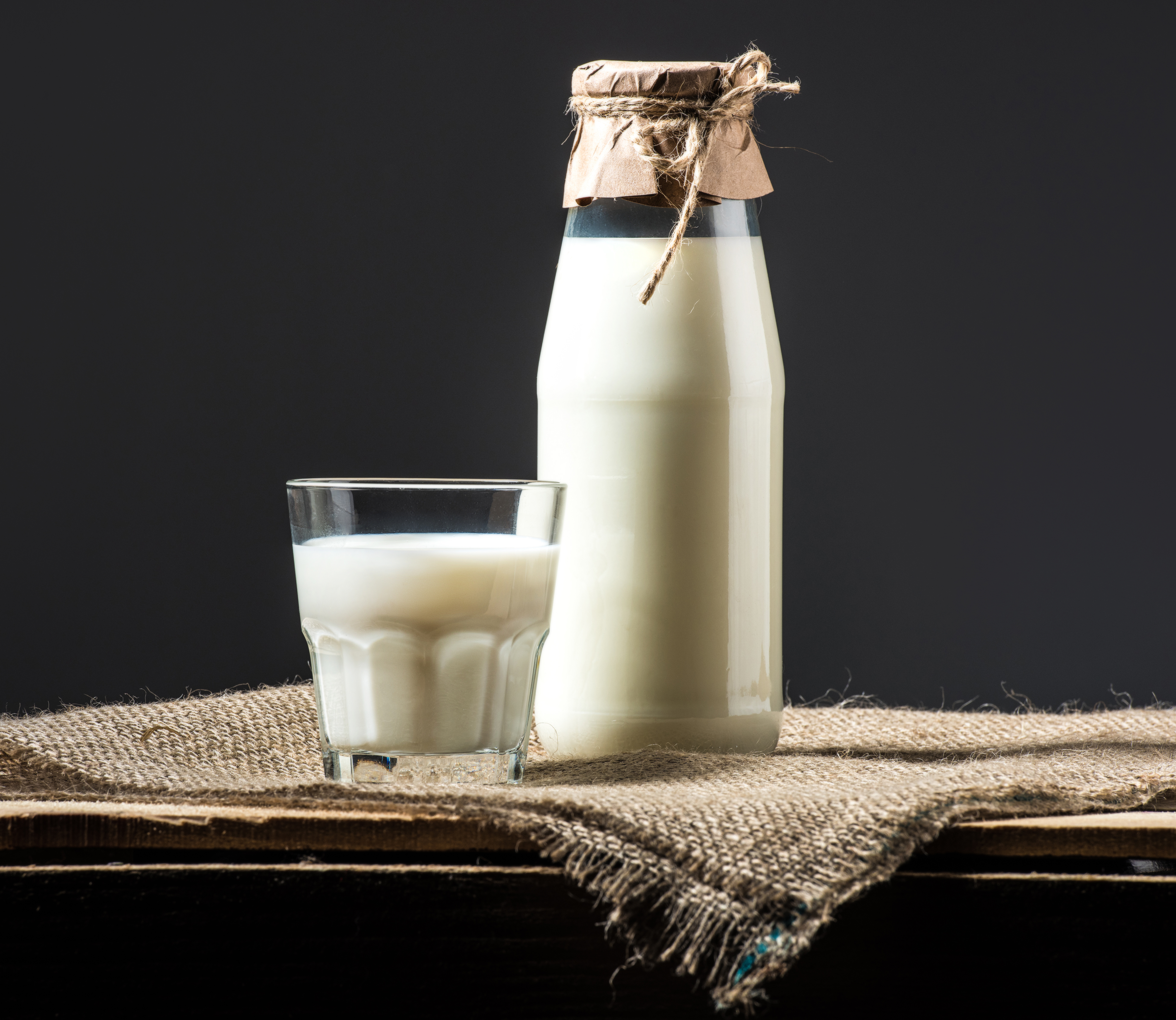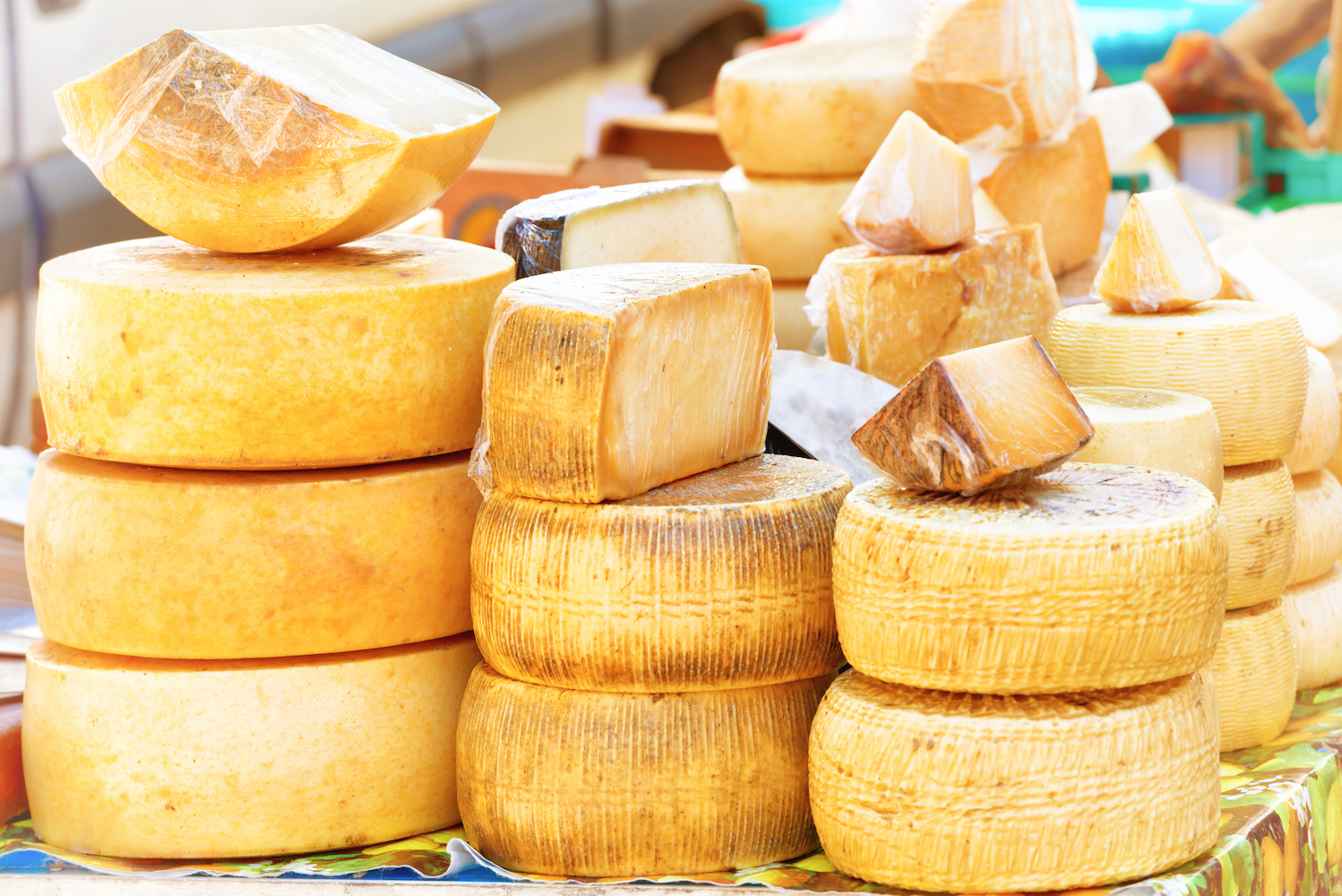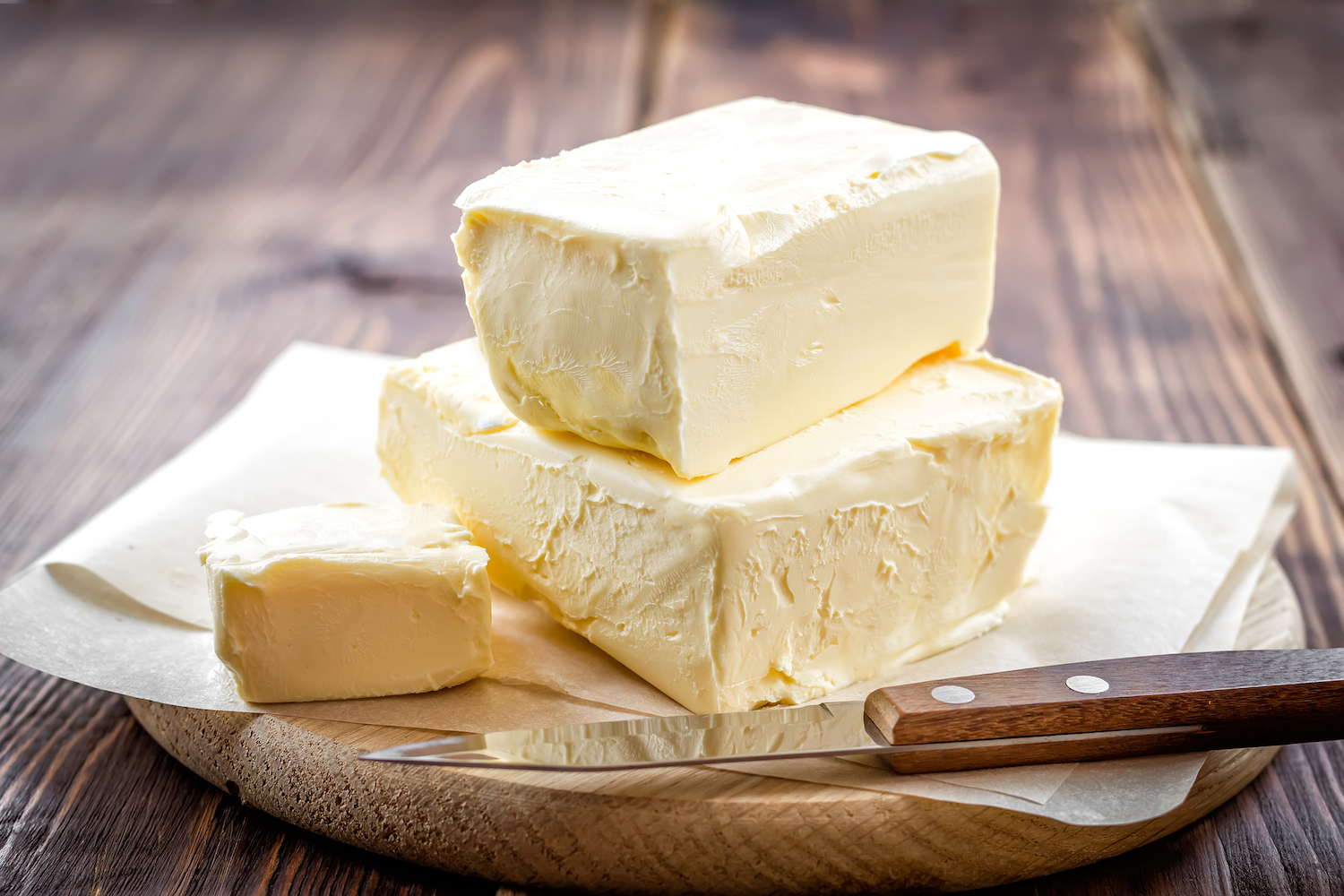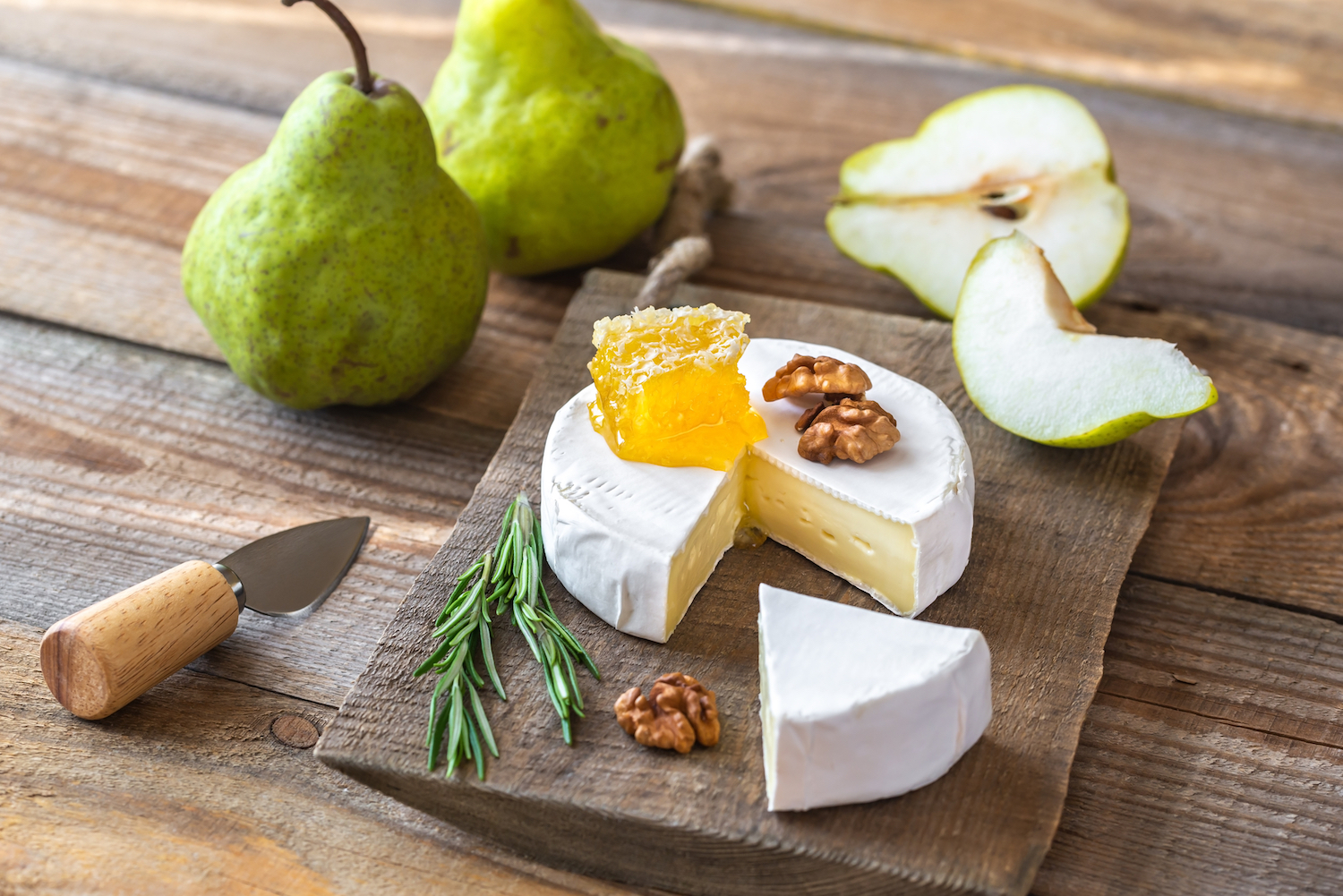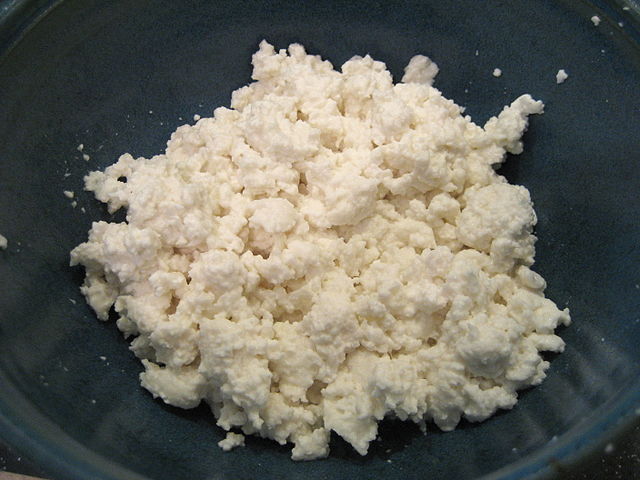The Wonderful Flavor of Cream
In the 1800s, milk products were not pasteurized, so cream was created by letting it rise from whole milk at room temperature. If you didn’t raise your own dairy cow, you could obtain cream by letting it rise from milk delivered by the milkman. But with no electrical refrigeration, cream didn’t remain fresh for long, so it was a luxury. Today we can buy refrigerated milk and cream at grocery stores and because they are pasteurized, they last much longer….
